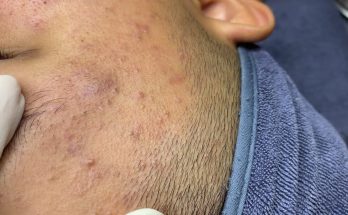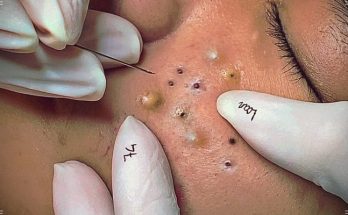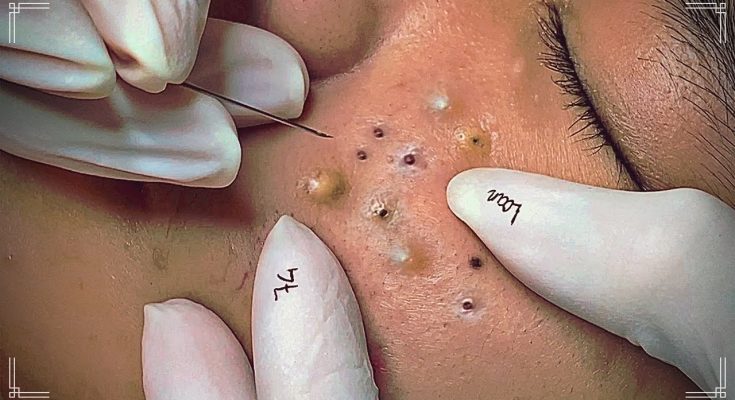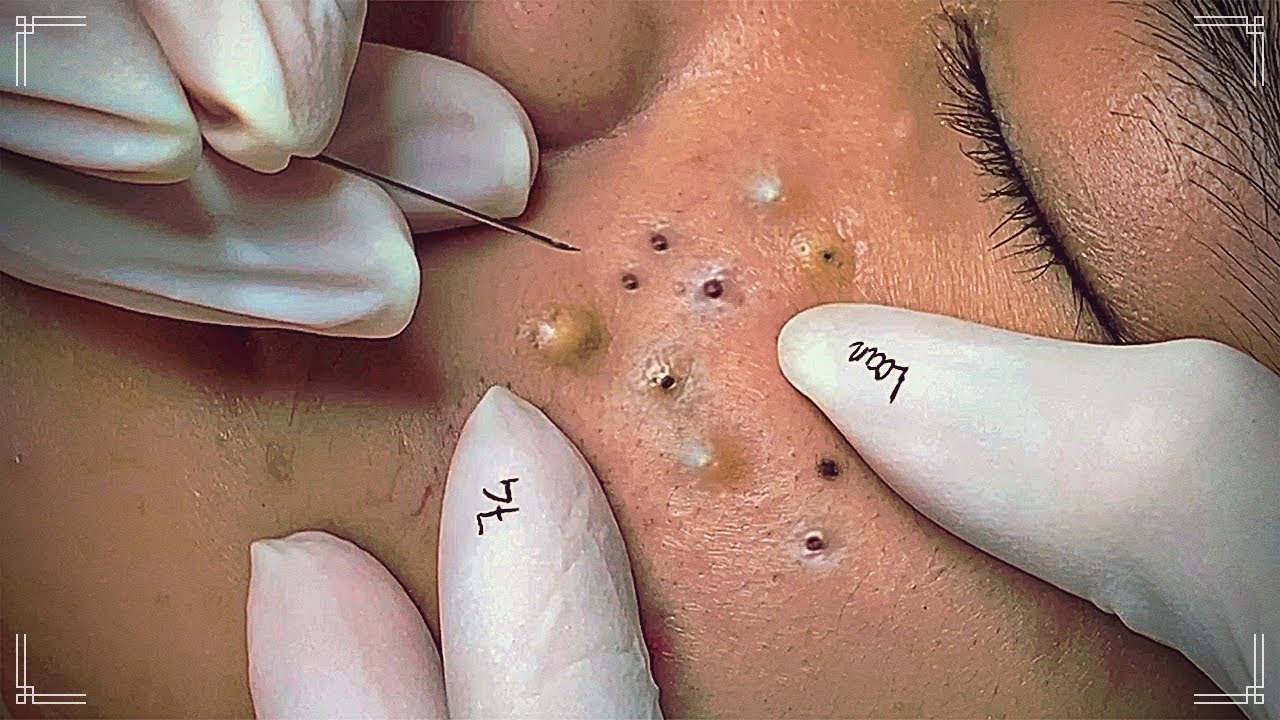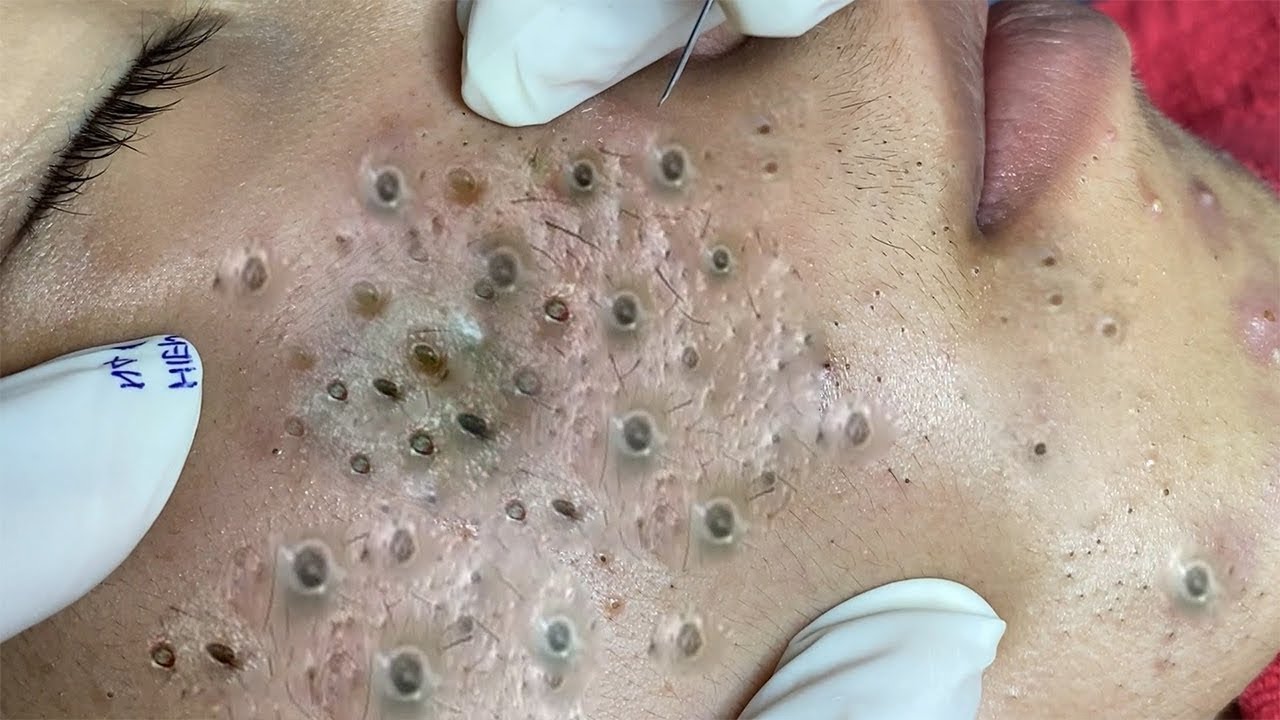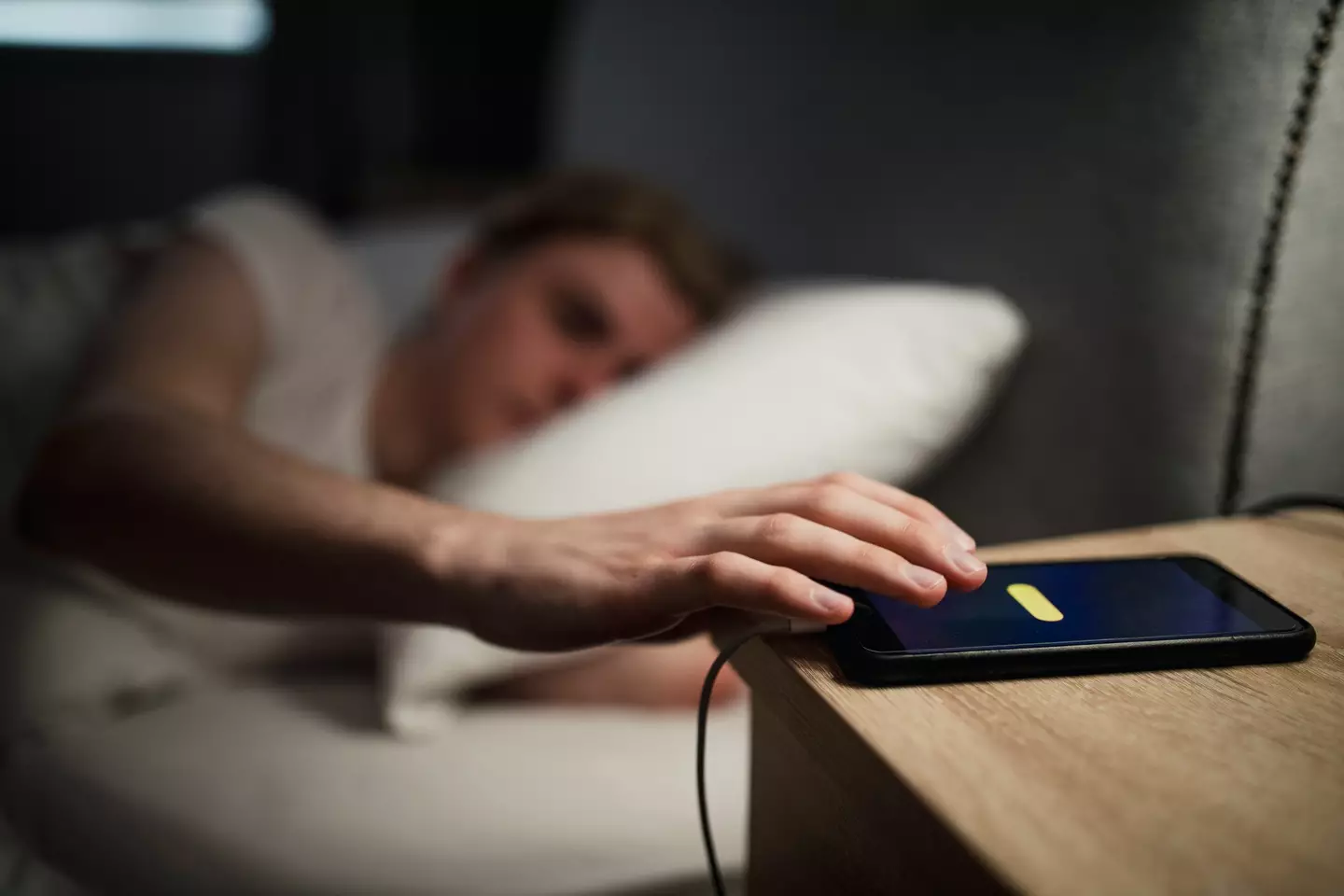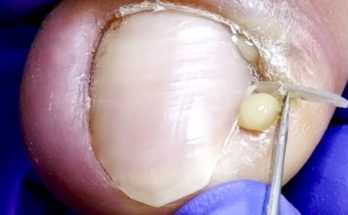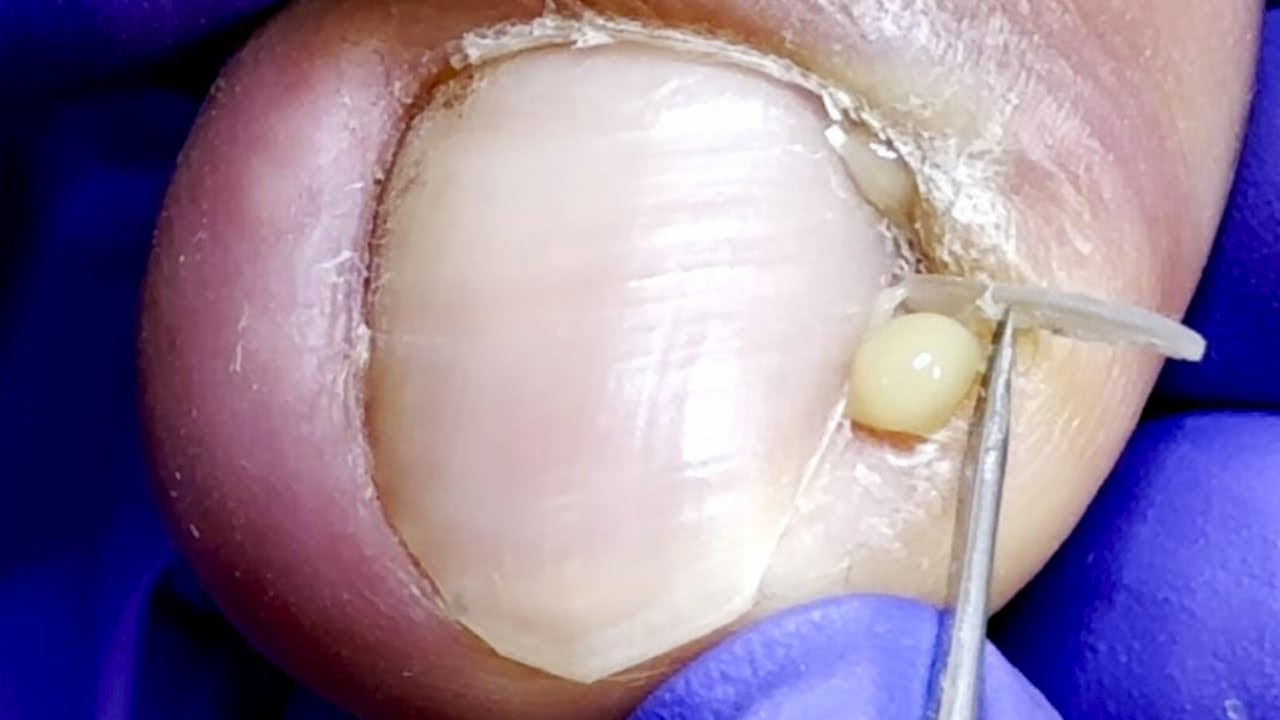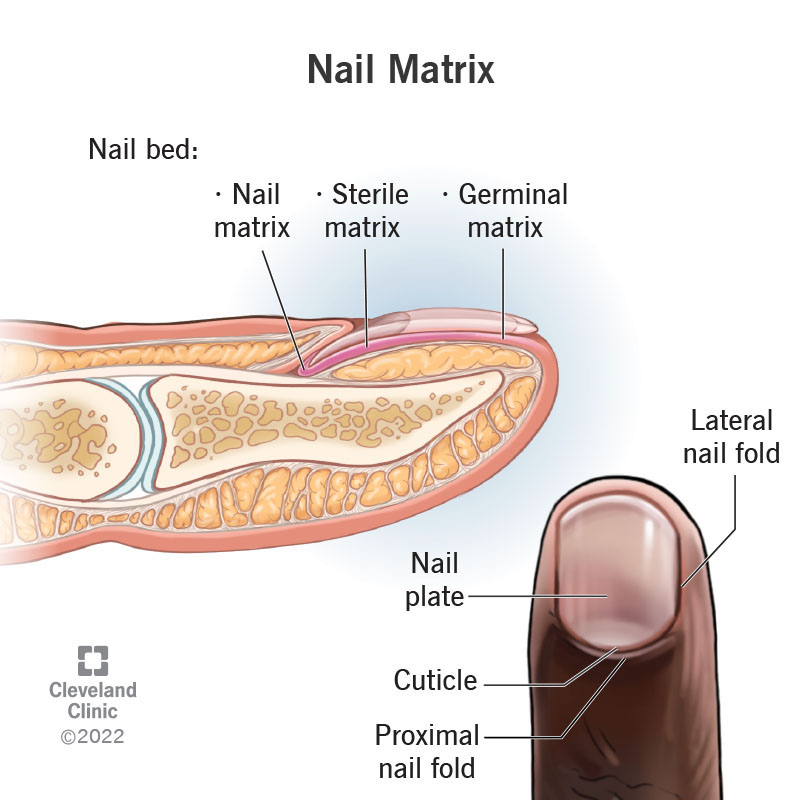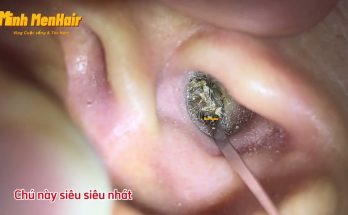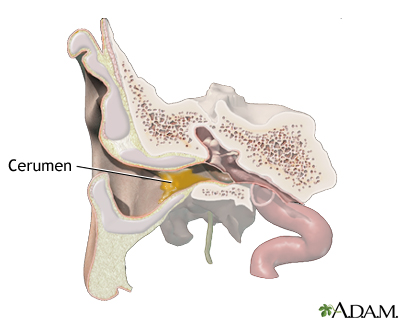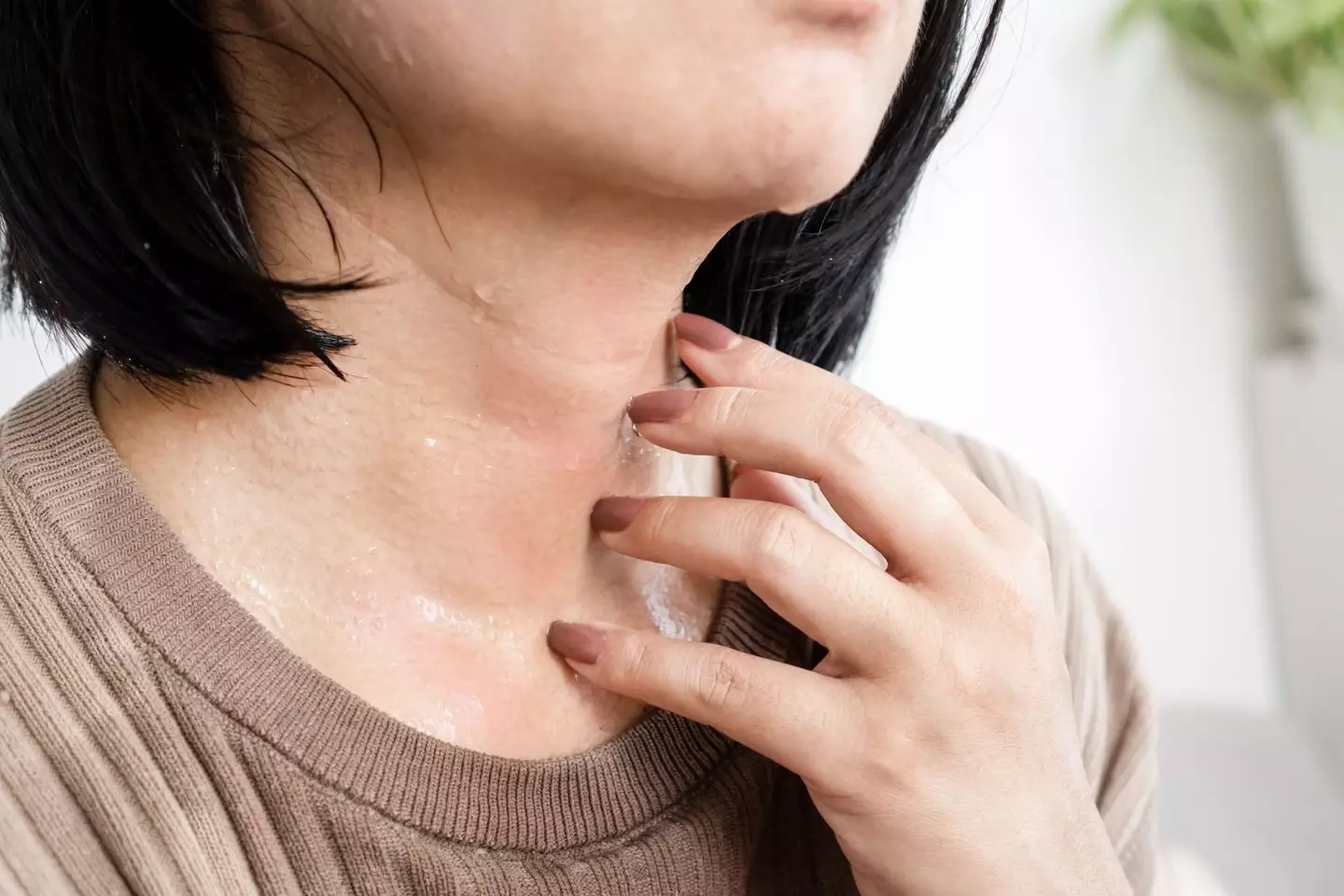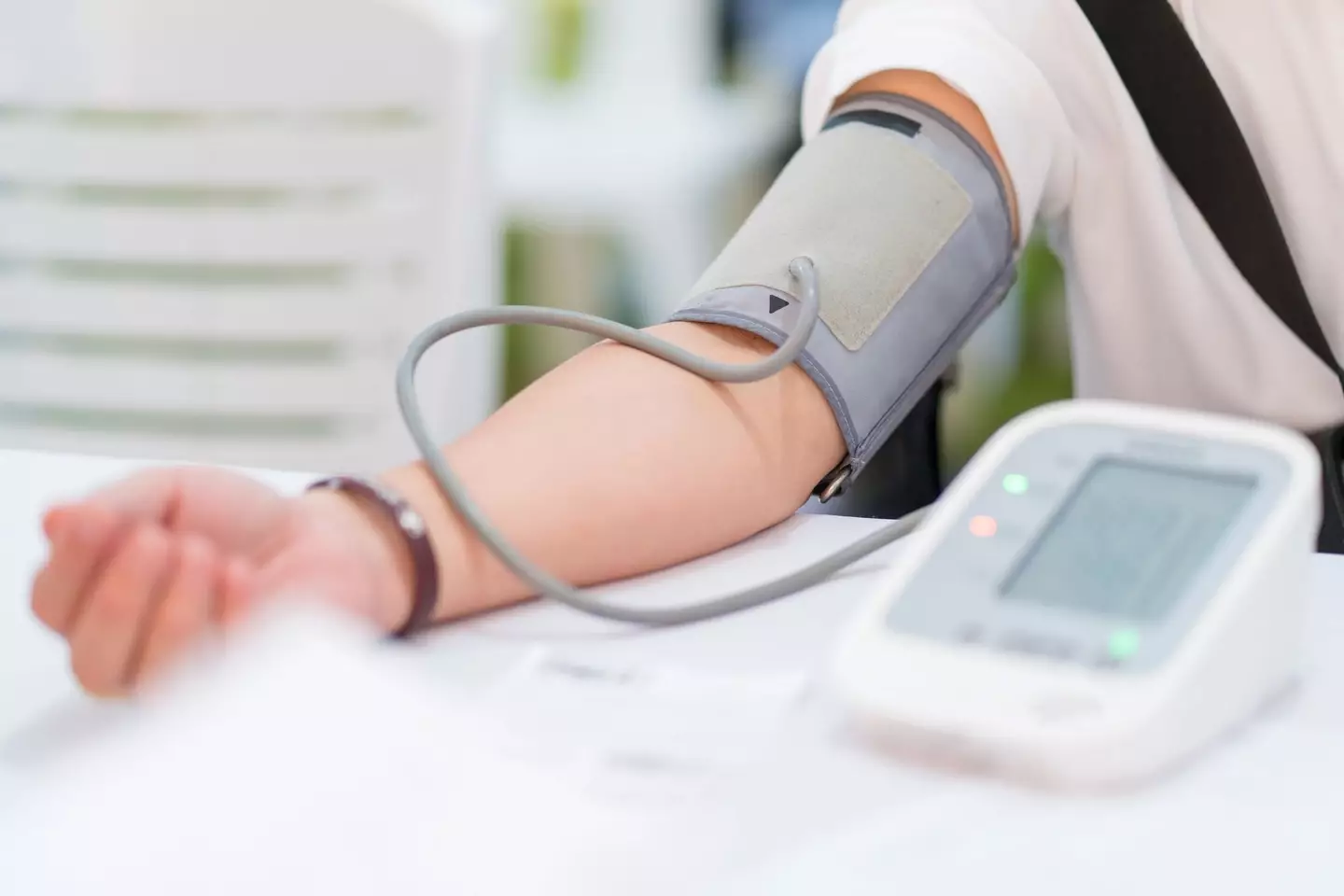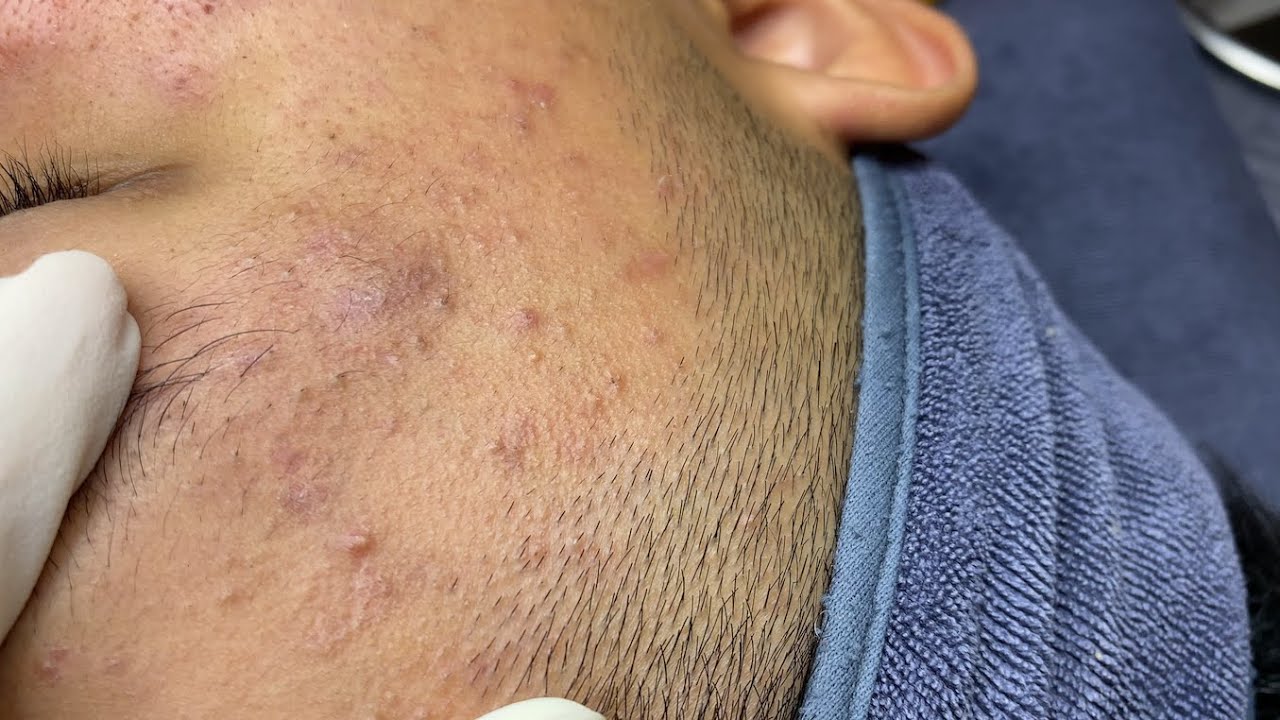
Blackheads, a type of noninflammatory acne, are extremely common. These develop as a result of dead skin cells and oil that get clogged in your pores. The affected pores stay opened, allowing for oxidation at the surface — this is what gives blackheads the dark color they’re notorious for.
Salicylic acid works by drying out sebum and dead skin cells. This not only helps break up pores that’re already clogged, it can also help to prevent blackheads from forming.
Salicylic acid is available in cleansers, toners, and astringents. Some moisturizers and serums also contain salicylic acid. As a rule of thumb, choose only one product with salicylic acid. Too much can dry out your cheeks, making your pores more noticeable.
Exfoliation is a process that removes dead skin cells from the surface of your skin. The process has a bad reputation for acne-prone skin. While exfoliation can aggravate inflammatory acne, it’s a must-have for noninflammatory acne like blackheads and whiteheads. Weekly exfoliation can help keep dead skin cells at bay while also removing debris in your pores.
Exfoliants can come in the form of:
- salicylic acid, also called beta-hydroxy acid
- alpha-hydroxy acids (citric, glycolic, lactic acids)
- fruit enzymes
The key to making exfoliants work for your cheeks is to massage the product gently. Rubbing too hard can cause irritation and more noticeable pores.
In addition to weekly exfoliation, using a mask two to three times per week can help keep your pores clean. Clay-based masks tend to work best for oily skin. These have mattifying effects because of their ability to remove excess oil and dirt while also removing blackhead-related gunk. With regular use, the pores on your cheeks may look smaller, too.
Widely used in anti-aging products, retinoids may also be useful in treating blackheads on the cheeks. These vitamin A derivatives work by cleaning out hair follicles in your pores while also creating a more even skin texture. Such effects may also be helpful for acne scars and stretched-out pores.
Chemical peels work by removing the outer layer of skin. When used regularly, you may have cleaner, more toned skin after several weeks.
While primarily used for uneven skin tone and wrinkles, chemical peels may help cheek blackheads by removing dead skin cells and reducing the appearance of enlarged pores. An over-the-counter chemical peel may be enough to do the trick, but you can also talk to a dermatologist about clinical-strength options.
Don’t leave your skin out to dry, even if you’re battling frequent blackheads. The right balance of moisture can help decrease the presence of dead skin cells, which are the earmarks of blackhead formation. The key is to drink plenty of water. Then find a water-based moisturizer to use on your face.
Squeezing blackheads is off-limits, though you might have heard of how extraction tools can be used at home to help unclog your pores. While seemingly harmless, extraction tools can damage your skin when used incorrectly. This can leave your cheeks red, irritated, and cut — all of which can end up being more noticeable than the original blackheads you just got rid of.
If you’re interested in extractions, see an aesthetician or a dermatologist who can do it for you instead.
Blackheads result from clogged pores. Still, there are other factors that can encourage blackheads to form on your cheeks.
Genetics
Unfortunately, if your parents have oily skin, you’re likely to have it, too. The excess sebum in your pores will then make you more prone to blackheads. You may have more blackheads on your cheeks if you have enlarged pores on this area of your face. The right skin care habits can help you balance out these genetic dispositions so you won’t have as many blackheads.
Picking at your skin
While we know that picking our skin is bad for us, it’s still so tempting to squeeze stubborn blackheads. This will do little to get rid of deeply embedded blackheads, though. Even if you do successfully pop a blackhead or two out of your cheeks, this can damage your pores.
This results in enlarged pores due to stretching and inflammation, potentially leading to a vicious cycle of even more blackheads in the future — not to mention acne scars.
Using pore-clogging products
Cleansers, exfoliants, masks, and moisturizers are useful for many skin types. However, when it comes to preventing blackheads, not just any product will do.
At the very least, use oil-free, noncomedogenic products. In layman’s terms, this means that the products won’t add more oil and clog your pores. Using thick creams and oily makeup will clog your pores, increasing the risk for blackheads on your cheeks and the surrounding area.
Using overly harsh products
With oily products off-limits, you might be inclined to use products that’ll completely strip the oils from your skin. However, this will do more damage than good. Harsh ingredients such as benzoyl peroxide are designed for inflammatory acne — think pustules and cysts — and not blackheads.
Using these types of ingredients will dry out your skin, which makes your sebaceous glands panic and secrete more oils. In turn, your cheeks may see even more blackheads. Instead of drying out your face, the key is to make sure your skin has the right balance of moisture.
Sleeping in your makeup
When dealing with blackheads, one of the worst things you can do is sleep in your makeup. Your cheeks are perhaps more vulnerable to the effects of residual makeup than the rest of your face. There’s not only leftover foundation, but there could be blush, highlighter, bronzer, and setting powder to boot.
Make it a priority to take off your face at the end of each and every day before cleansing — your cheeks will be cleaner for it.
Treating and preventing blackheads on your cheeks can take time. But with the right skin care regimen, you can help prevent their occurrence while also gradually working the gunk out of your pores.
If you continue to experience enlarged pores on your cheeks along with subsequent blackheads, see a dermatologist. They may recommend different products or professional-grade treatments, such as chemical peels and microdermabrasion, to help you get rid of those pesky blackheads. Like other things involving your body’s natural processes, managing and preventing blackheads is about consistency and good habits.
